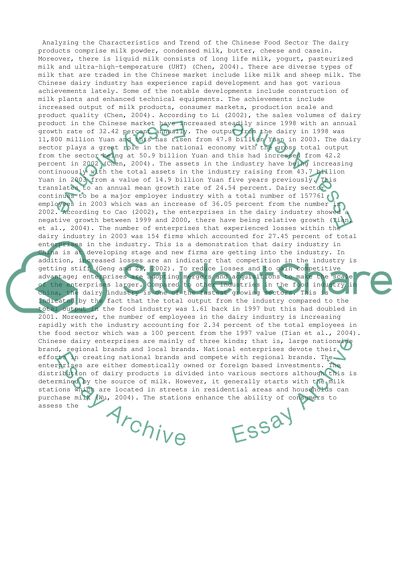The case of Chinese food retailers Essay Example | Topics and Well Written Essays - 6000 words. Retrieved from https://studentshare.org/management/1399550-the-case-of-chinese-food-retailers
The Case of Chinese Food Retailers Essay Example | Topics and Well Written Essays - 6000 Words. https://studentshare.org/management/1399550-the-case-of-chinese-food-retailers.


